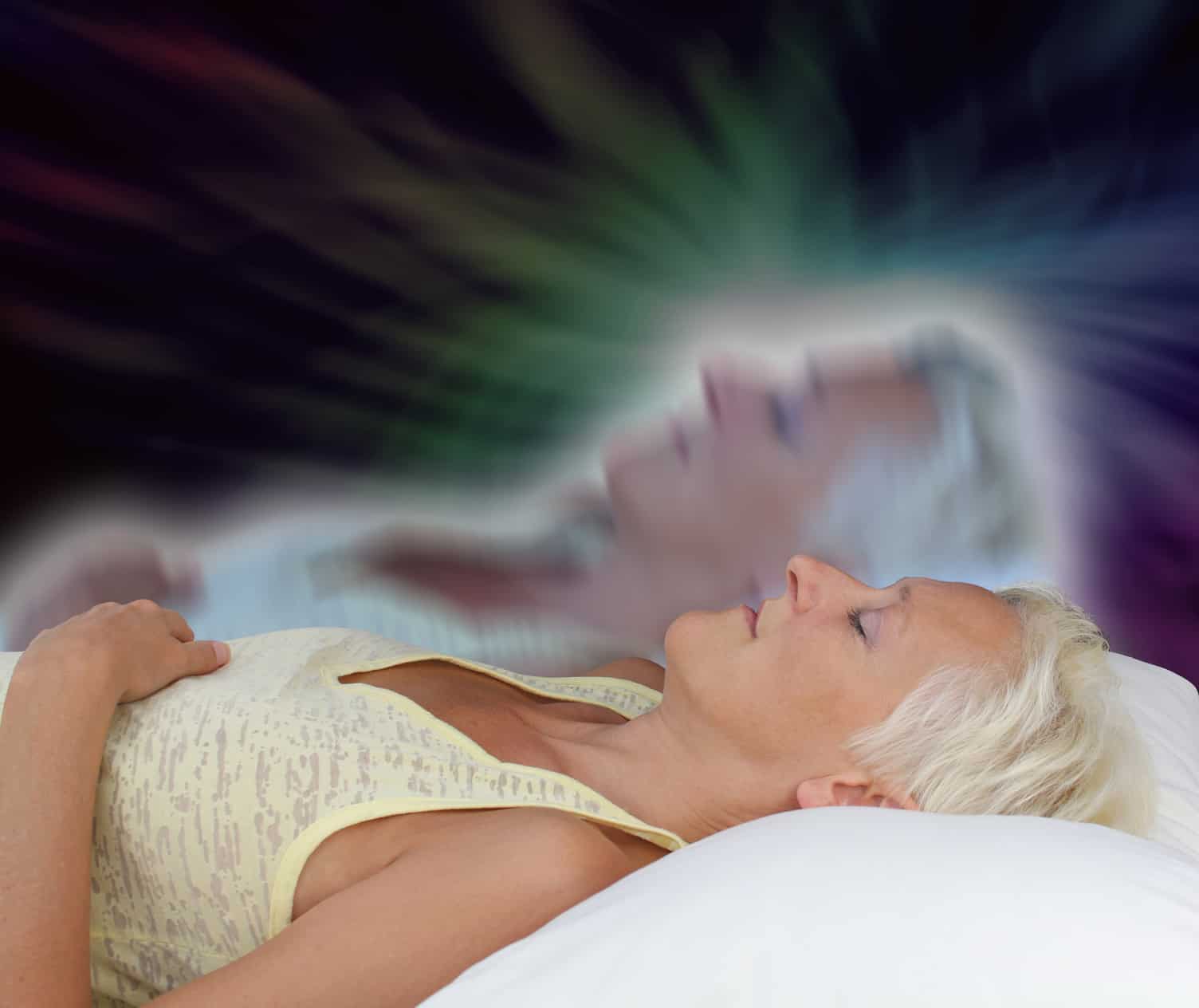Having an out of body experience can be a bit disconcerting, especially when it seems so real. During an out of body experience, you may feel like you aren’t really where your body is. This sense of displacement makes you question your reality.
It is estimated that 1 in 10 people have had an out of body experience. This event feels like you have left your physical body and are floating or moving about as usual. But you feel removed from your physical self.
Trying to have such an experience can result in some disappointment. If a first you don’t succeed, keep trying. It is important not to discount your experiences as you work to achieve this non-physical state. You may experience images, sounds, voices, smells, colors, sights, or other interactions. Keeping a dream journal by your bed is a good idea so you can record these when you wake up.
What You Need to Know About Having An Out of Body Experience

1. An out of body experience is a type of lucid dreaming
The sensation of being out of your own body has been described as a euphoric awareness that you have the ability to control where your ethereal self is going while your physical self stays behind. The ability to control what happens while you sleep is called lucid dreaming.
Most people who have an out of body experience become aware that it is happening. Once they know it, they can consciously decide to go certain places or transport themselves to see other people.
2. An out of body experience could be related to a brain dysfunction.
According to Swiss researchers who were looking for the causes of out of body experiences, “An out-of-body experience (OBE) may be defined as the experience in which a person seems to be awake and to see his body and the world from a location outside the physical body.”
The researcher believes that these out of body experiences come from brain dysfunctions because they ‘have been described repeatedly in patients suffering from neurological or psychiatric disease – such as epilepsy, migraine, neoplasia and psychiatric diseases such as schizophrenia, depression, anxiety, and dissociative disorders.’
3. You can control having an out of body experience
There are different ways to control having an out-of-body experience but all of them involve sleep paralysis while you are aware in your mind. The easiest method is to remain still after waking up in the morning. Literally, stay as still as possible without moving anything and keeping your eyes closed.
At this point, you can imagine a rope hanging down above you. Imagine yourself reaching for the rope, grasping it, and pulling yourself upward. Continue to climb the rope until you are vertical. Once you are vertical, you can choose to let go of the rope and walk about as usual.
If this method doesn’t work for you to create this experience, you can also set an alarm to wake yourself during the night after at least 4 hours of sleep. Be sure to awaken fully, stay in bed as still as possible and try to go back to sleep. Then either imagine pulling yourself out of your body with the rope again or your hands rising up away from your body and pushing yourself up vertically with your visualized arms without moving your physical body.
If you cannot achieve the out of body experience with either of these methods, you can try a countdown timer to induce the out of body feeling. It will count you down with a relaxing hypnosis designed to plant subconscious thoughts about an out of body experience.
4. Your ‘GPS’ cells may be responsible for having an out of body experience
In an out of body experience, your brain may send signals about your physical location is wrong. It is possible that this event is an illusion. An out of body experience can be induced by scientists in a healthy brain. In one study, researchers mapped “brain areas involved in feelings of body ownership, as well as regions that contain cells known to be involved in spatial orientation.” These “GPS cells are involved in navigating one’s body in space.”
In a study of a patient who had ringing in the ears, a surgical procedure was done to implant an electrode in the auditory or hearing cortex of the brain. As the researchers stimulated the electrode, the patient reported several out of body experiences.
The patient was able to stay conscious during the procedure. While he sensed this event, he reported that he felt the “perception of disembodiment always involved a location about 50 cm behind his body and off to the left.”

















